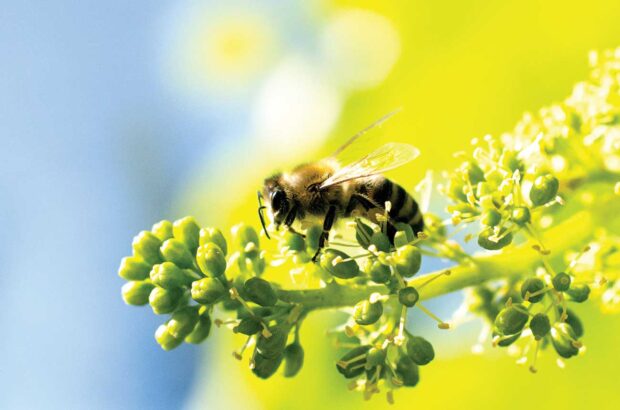Susceptible to raisining and noble rot (aszú in Hungary’s Tokaji), this full-bodied, high-acid grape is the cornerstone of Tokaji production, often blended with Hárslevelű. However, blends can also include other permitted varieties such as Kövérszőlő, Zéta, Sárga Muskotály (Yellow Muscat), and Kabar, depending on the producer’s style and preference. Together, these grapes create the rich, long-lived sweet wines of Hungary’s Tokaj region, currently experiencing a revival.
In addition to its role in making sweet wines, this versatile grape can produce powerful, complex dry whites that are food-friendly and well-suited to a variety of cuisines. It is also cultivated in neighbouring countries such as Slovakia, Slovenia, Croatia, and Romania.






